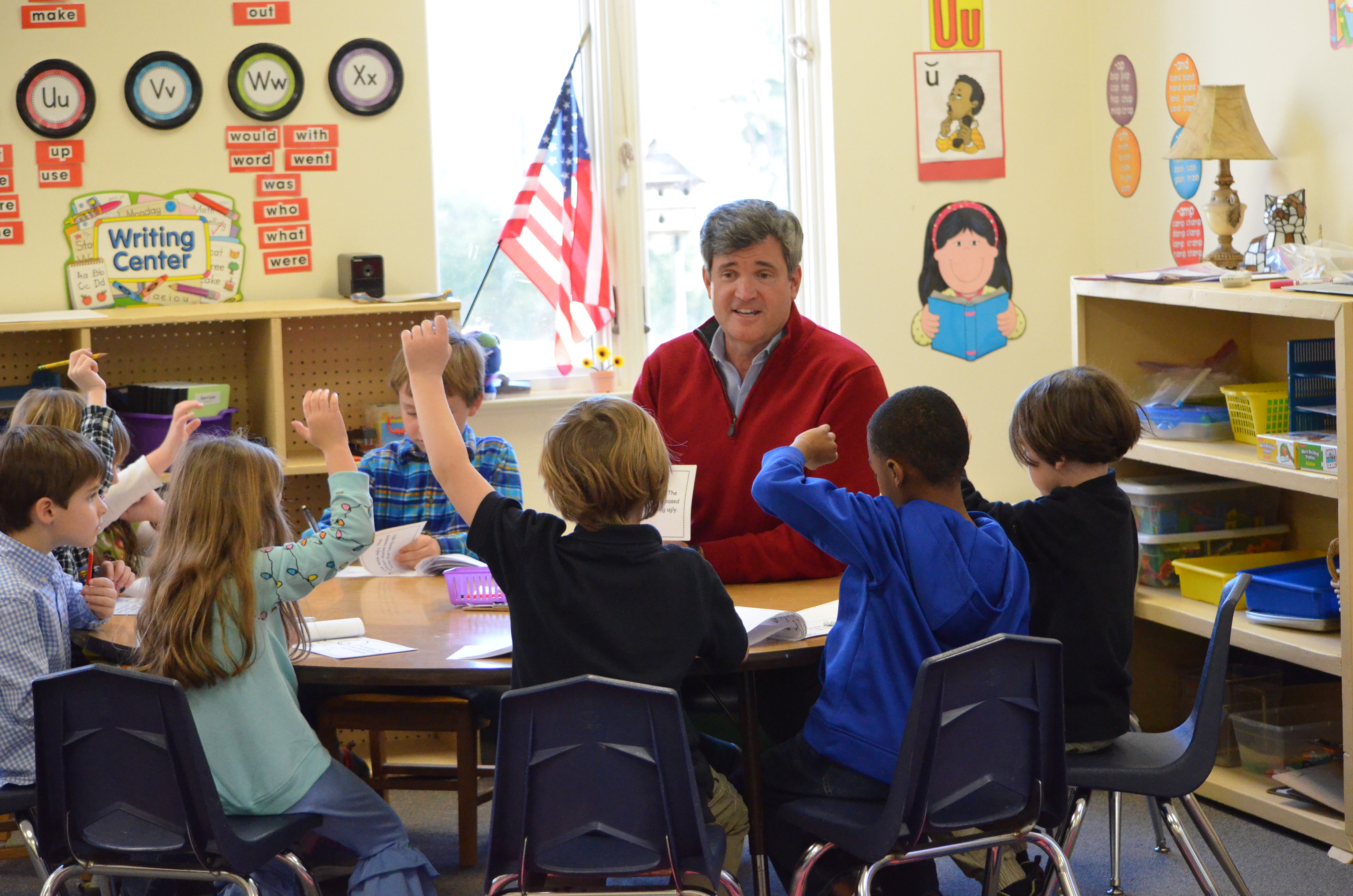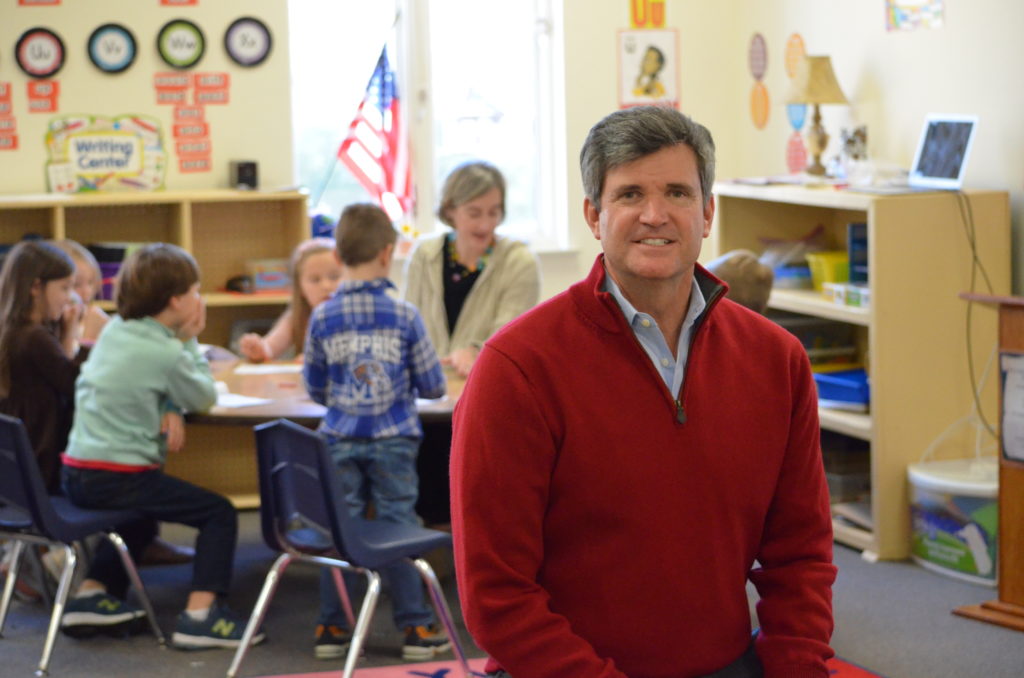
Nurturing Children’s Creativity
Interested in fostering the skills and mindset that can unlock a child’s greatest potential? It might be worth focusing on creativity. Whether a child grows up to be an inventor, athlete, artist, or entrepreneur the ability to think creatively can be a pivotal forte. Globally, more and more companies and organizations are looking for creative thinkers to add to their teams. In an age where many school systems are locked into high-stakes testing and are focused on memory for basic academic skills at the expense of higher-order thinking, it may be more important than ever to find ways to help children hone their creative capacities.
Although creativity has been identified as one of the most complex human behaviors and research on creativity is still incomplete, experts agree on some important findings. First and foremost, researchers tell us that most people have the capacity to reason creatively. Second, but still as important, is that creativity becomes more sophisticated with regular practice.
The strategies found to be effective in promoting creative thought are similar for both children and adults. One such tactic might be surprising – scheduling time to work creatively. Studies of highly creative individuals across disparate fields indicate a strong commonality of practice. Creative luminaries from Beethoven and Mozart to Dickens and Disney all had consistent daily schedules that supported their creative efforts. In addition to daily time for practice and work, creative geniuses frequently include time to share the products of their creative efforts with someone close. Famous poet Maya Angelou’s daily schedule, for example, included time to write, time to re-read what she had written, and time to read what she had written aloud to her husband. Interestingly, many notably creative people include scheduled time for daily exercise as well. Studies continue to show support for the link between exercise and divergent thinking with study participants who have just exercised out-thinking those who watched a video instead of working up a sweat.
If a school-age child has a particular interest or talent, it is a good idea to support developing expertise in that area. Researchers have found greater knowledge in a particular domain to be correlated with greater capacity to be creative within that realm. When it comes to solving problems, adults should give hints and ask questions that allow children to come up with new strategies rather than simply demonstrating a better approach. Studies support hints and coaching over straight demonstration for helping children generate and employ successful problem solving strategies. For younger children, make sure there is plenty of time for pretend play and exploration. It can be helpful to have a “creativity kit” on hand that is filled with art supplies and a costume bin for enriching make-believe. Having a variety of building blocks in the playroom can support a child in fabricating a pretend world. Add people or animal characters, vehicles, and more to interactive play to develop a child’s talent for weaving an engaging story.
Finally, whether a child is young or old and is making art or engineering, encourage the practice of generating a variety of ideas for how to achieve a goal. Simply being aware that there can be several different ways to achieve a desired result, and knowing that one has the capacity to come up with multiple approaches or solutions to a problem, can be the key to becoming a creative contributor of great note.

Stewart L. Burgess, Ph.D.
Lower School Director of Early Learning







